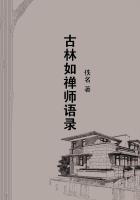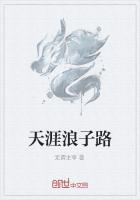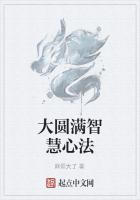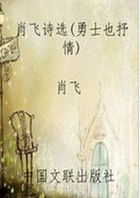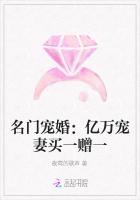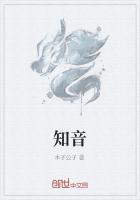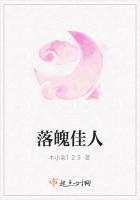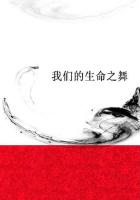All then assumed an attitude of superb power and dignity, crouching slightly as if about to spring forward in a foot-race, and grasping their medicine bags firmly in both hands. Swinging their arms forward at the same moment, they uttered their guttural "Yo-ho-ho-ho!" in perfect unison and with startling effect. In the midst of a breathless silence, they took a step forward, then another and another, ending a rod or so from the row of kneeling victims, with a mighty swing of the sacred bags that would seem to project all their mystic power into the bodies of the initiates.
Instantly they all fell forward, apparently lifeless.
With this thrilling climax, the drums were vigorously pounded and the dance began again with energy. After a few turns had been taken about the prostrate bodies of the new members, covering them with fine robes and other garments which were later to be distributed as gifts, they were permitted to come to life and to join in the final dance. The whole performance was clearly symbolic of death and resurrection.
While I cannot suppose that this elaborate ritual, with its use of public and audible prayer, of public exhortation or sermon, and other Caucasian features, was practiced before comparatively modern times, there is no doubt that it was conscientiously believed in by its members, and for a time regarded with reverence by the people. But at a later period it became still further demoralized and fell under suspicion of witchcraft.
There is no doubt that the Indian held medicine close to spiritual things, but in this also he has been much misunderstood; in fact everything that he held sacred is indiscriminately called "medicine," in the sense of mystery or magic. As a doctor he was originally very adroit and often successful. He employed only healing bark, roots, and leaves with whose properties he was familiar, using them in the form of a distillation or tea and always singly. The stomach or internal bath was a valuable discovery of his, and the vapor or Turkish bath was in general use.
He could set a broken bone with fair success, but never practiced surgery in any form. In addition to all this, the medicine-man possessed much personal magnetism and authority, and in his treatment often sought to reestablish the equilibrium of the patient through mental or spiritual influences--a sort of primitive psychotherapy.
The Sioux word for the healing art is "wah-pee-yah," which literally means readjusting or making anew. "Pay-jee-hoo-tah," literally root, means medicine, and "wakan" signifies spirit or mystery. Thus the three ideas, while sometimes associated, were carefully distinguished.
It is important to remember that in the old days the "medicine-man" received no payment for his services, which were of the nature of an honorable function or office. When the idea of payment and barter was introduced among us, and valuable presents or fees began to be demanded for treating the sick, the ensuing greed and rivalry led to many demoralizing practices, and in time to the rise of the modern "conjurer," who is generally a fraud and trickster of the grossest kind. It is fortunate that his day is practically over.
Ever seeking to establish spiritual comradeship with the animal creation, the Indian adopted this or that animal as his "totem," the emblematic device of his society, family, or clan.


